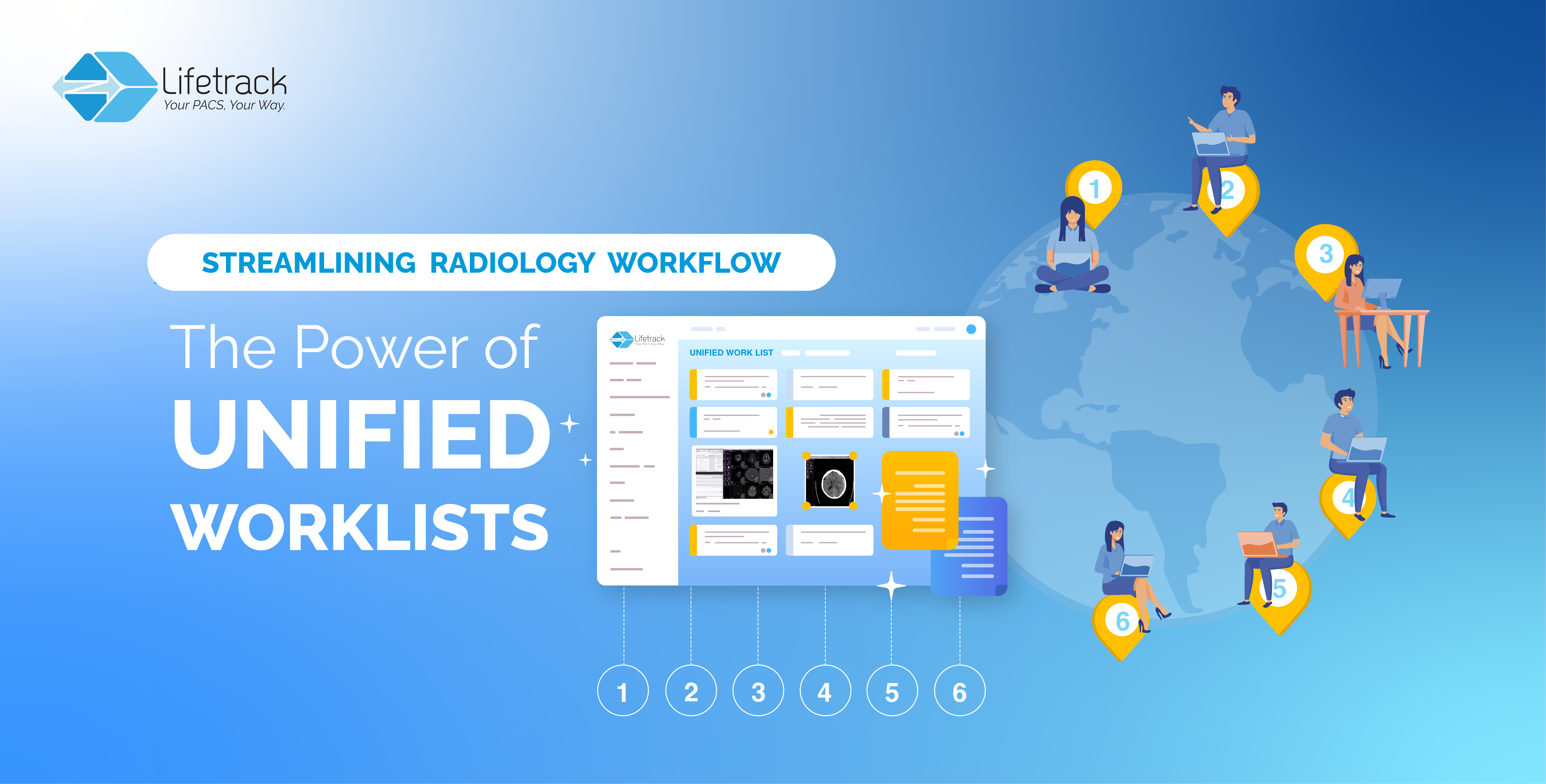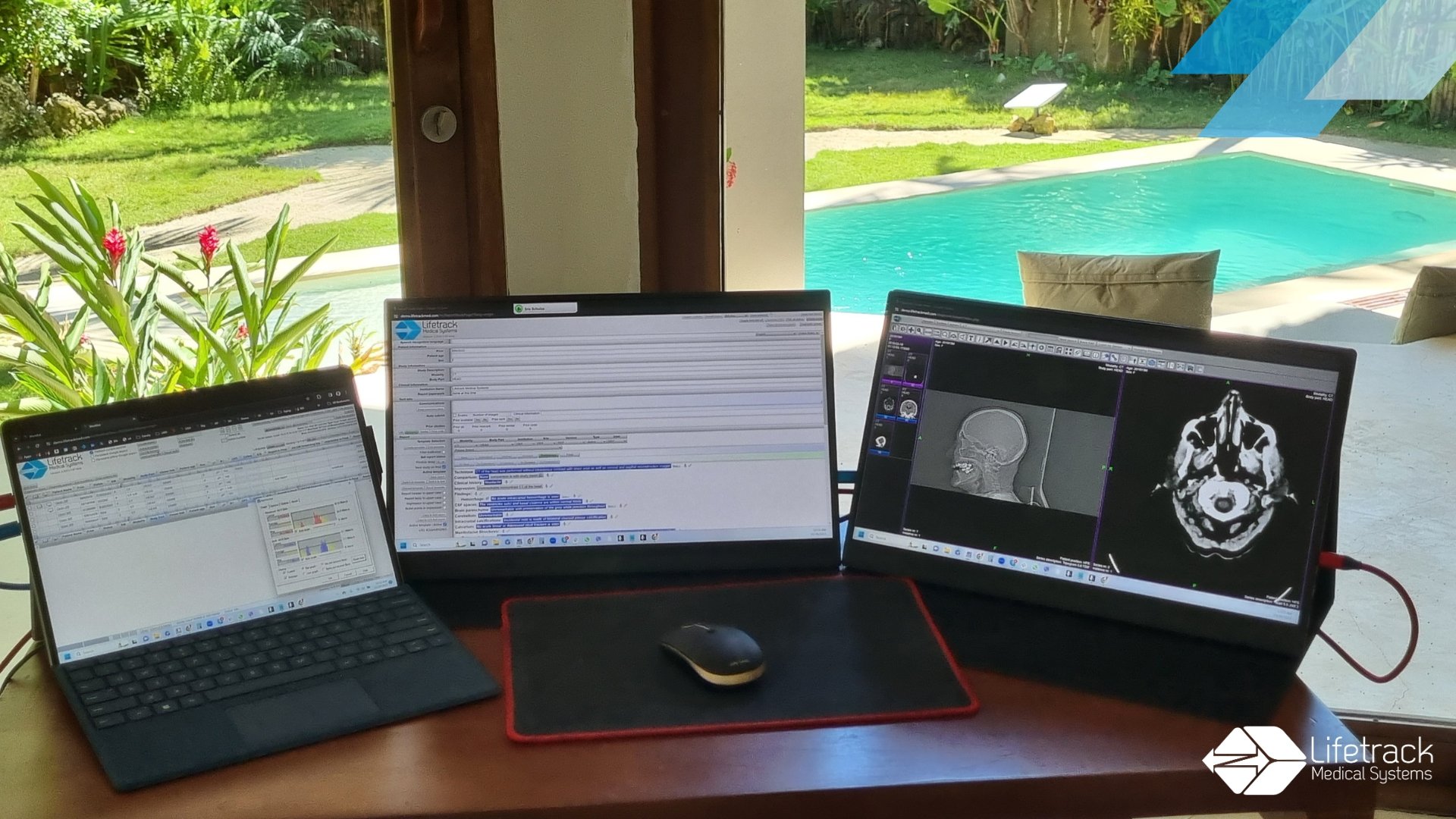
The Power of Unified Worklists
Introduction
Starlink is a satellite internet project developed by Elon Musk's SpaceX. The project involves deploying many small satellites in low Earth orbit, forming a network that can deliver internet services directly to user terminals on the ground. The goal of this satellite-based internet system is to improve connectivity, especially in areas with limited or no access to traditional broadband services. Starlink aims to provide high-speed, low-latency internet access to underserved and remote areas worldwide.
Many in the healthcare industry wonder: How can Starlink impact access to high-quality healthcare in remote locations, specifically radiology and medical imaging?
The Starlink network improves teleradiology in regions where traditional internet infrastructure may be limited. It enables faster, more streamlined communication and patient care between district and regional hospitals.
This article highlights the specific experience of Dr. Eric Schulze, Radiologist and the Chief Executive Officer of Lifetrack Medical Systems.
Dr. Schulze wanted a way to read studies during his travels, so he used both Starlink and Lifetrack PACS to accomplish this. These technologies ensure continuity of patient care and contribute to timely and accurate diagnoses from remote locations.
Dr. Schulze shared some insights about his recent experience using Starlink on a remote island in the Philippines. On his trip to Siargao Island, Dr. Schulze brought his Starlink dish in just a small carry-on bag. And he had it up and running within 10 minutes!
.png?width=720&height=405&name=Lifetrack%20(2).png)
Set-up and Internet Speeds
After setting up the Starlink receiver, a Surface Pro, and two portable monitors, he was ready to start reading studies. Now, when it comes to remote internet, a stable and fast internet connection is very important. The question is: what kind of speeds can you expect with Starlink?

According to Starlink, upload and download speeds depend on a variety of factors including service plan, location of the receiver, area of coverage, and more. The listed expected download speed ranges from 5 Mbps to 220 Mbps, while the upload speed ranges from 5 Mbps to 25 Mbps, and latency ranges from 25 ms to <99 ms.
While on the remote island of Siargao, Dr. Schulze was getting around “50-56 Mbps, which is faster than when I'm home (in Manila) sometimes!”. Lifetrack's web-based capabilities, with features such as image compression, progressive loading, caching, and prioritization significantly enhance its usability and performance in low-bandwidth environments, making it a valuable tool for remote healthcare settings such as this.
Future of teleradiology with advancements such as Starlink
The world continues to move towards a healthcare landscape where geographic barriers no longer limit access to quality medical care. Starlink is definitely a key player in this transformation. Remote areas and islands, such as Siargao, can benefit the most from an easy-to-connect satellite internet service provider. Dr. Schulze says “The real promise of what Starlink (and similar technologies) can do is on the commercial side, (to help) link up district hospitals with their regional hubs,” resulting in faster turnaround times and better patient care.
The future of teleradiology and access to medical imaging in remote areas is poised for significant transformation due to the continued advancements in internet connectivity. Here are several key aspects that highlight the promising trajectory of teleradiology and remote access to medical care:
.png?width=720&height=405&name=Lifetrack%20(1).png)
In essence, the future of teleradiology in remote areas is characterized by a combination of advanced internet connectivity, technological innovations, and a commitment to expanding healthcare access globally. As these elements continue to grow and merge, the healthcare industry can expect a shift towards more efficient, collaborative, and patient-centric teleradiology practices. Lifetrack Medical Systems proudly shares the vision of helping make radiology more accessible in emerging markets, where the needs are greatest and the resources are scarcest.

The Power of Unified Worklists

By:Jerik Yumol MD, DPBR, FPCR, FCTMRISP